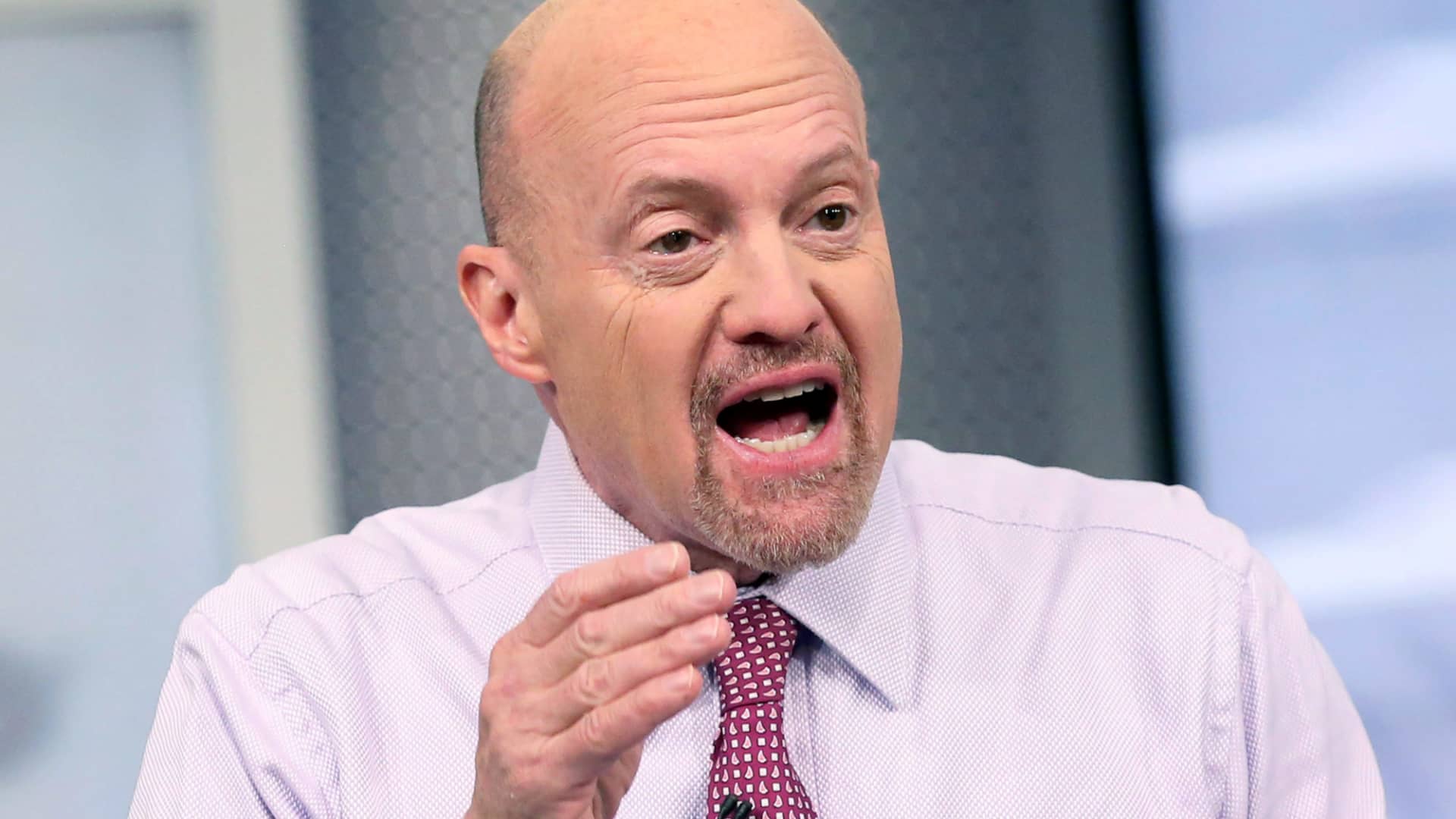5 Trends Shaping the Future of Digital Marketing
What does the future of digital marketing look like? Our guide explores the top trends that are reshaping digital marketing as we know it.

Here’s a little-known secret about the Brafton content marketing and strategy teams: We can see the future. That’s because our company car is a customized Delorean and we have regular training sessions on navigating the space-time continuum.
Obviously, that’s not entirely true. It’s actually a Camaro because we couldn’t find a Delorean.
Regardless of how we get there, what matters is that we’re here to help you see into the future of digital marketing. Come with us on a journey to tomorrow, where we’ll explore evolving digital channels, new applications of automation and a customer journey defined by your ever-changing target audience. Just remember not to run into your future self along the way!
The Current State of Digital Marketing
Before we jump into our time-traveling Camaro, we need to have a clear view of the present. That way, we can be sure we return to the proper timeline.
The same is true for digital marketing: You always need to know what’s happening in the industry before you can make any predictions.
With that rule in mind, let’s take a look at the current state of digital marketing campaigns and their target audiences:
Social Media Habits
Social media platforms are effective distribution channels for your brand story — mostly because there are 4.65 billion social media users worldwide. That’s almost 59% of the global population.
But platforms go in and out of style depending on all kinds of factors, from local trends to mobile device software updates. According to an Semrush ranking of all websites, the most popular site overall in February 2022 was YouTube. Here’s how it and other social media platforms stacked up when compared to websites of every kind:
YouTube was #1, with 50 billion total visits.Google was #2, with over 39 billion total visits.Facebook was #3, with 9.34 billion total visits.Twitter was #6, with 5.62 billion total visits.Instagram was #9, with 3.19 billion total visits.Pinterest was #18 with 1.43 billion total visits.Utilization of Artificial Intelligence
Artificial intelligence (AI) may still sound like something out of a science fiction movie, but it’s a huge part of today’s digital marketing landscape. Check out these AI statistics that prove it:
40% of marketing and sales teams prioritize AI for success — more than any other department.34% of marketing leaders say AI is the biggest game-changer in the industry.71% of marketers say AI could help personalize the customer journey.Chatbots were responsible for 85% of customer interactions in 2020.Experts predict AI will lead to a 26% increase in the global gross domestic product by 2030 — an estimated $15.7 trillion.The use of AI in digital marketing is already pretty impressive. Companies like Magnolia Market, the retail destination operated by Chip and Joanna Gaines, use augmented reality to let customers virtually place products in their homes. It’s like a test drive for home decor. Meanwhile, Unilever used AI to uncover the connection between ice cream and breakfast, leading it to develop a line of cereal flavors for Ben & Jerry’s.
Personalization Preferences
Another reality in modern-day digital marketing is the preference for personalization. Citizens of the online world are tired of cookie-cutter experiences, and now they’re demanding tailored, interactive content that appeals to their unique perspectives. This is especially relevant for your content marketing strategy, including video content, social media posts and more.
Take, for example, YouTube recommendations. With a little help from artificial intelligence, the #1 site in the world (at least according to Semrush) keeps its competitive position in the social psyche by constantly providing 2 things:
Video content we’ve already expressed interest in.Video content we didn’t know we were looking for, but that aligns perfectly with our tastes.Say I’ve been watching videos about the new Ford Bronco (which may or may not be true). If you were a Ford dealer, you’d be able to use this preference and YouTube automation to provide video content that caters to my off-roading daydreams. I’d be more likely to interact with this than, say, a video about a minivan.
Many social media platforms play by similar rules. Using automation and algorithms, these sites recommend content users are likely to engage with — including your brand’s social media content (if you have the right digital marketing strategy, of course).
3rd-Party Data Regulation
Although personalization is an increasingly important part of content marketing, it’s also an increasingly difficult one. That’s because consumers are taking control of their data in new ways.
A good example of this is the California Consumer Privacy Act (CCPA), which gives people more power over what they do and don’t share with a digital marketer or other 3rd party. The CCPA can be summed up in 4 basic rights:
The right to know what personal information is collected and why.The right to delete this personal data.The right to opt-out of the sale of data.The right to non-discrimination when exercising the other 3 rights.Tech leaders like Apple and Google are following suit, implementing stricter limitations on the kinds of data that can be collected, the methods that can be used and whether consumers have direct control over this.
While increased privacy may be great news for those of us who don’t want to share the number of times we’ve searched basic slang to make sure we’re using it right, updates like the CCPA are not so good for content marketing. That doesn’t mean the future of marketing is hopeless, though — your personalization and targeting techniques just need to get creative. (More on that later.)
The Future of Digital Marketing: 5 Trends To Watch
Now that you have a firm grip on the present, it’s time to take a trip into the future. Let’s hop into our time-traveling Camaro and get ready to see some of the innovative marketing techniques, trends and ideas that we expect to shape tomorrow’s digital marketing campaigns:
1. Smarter AI
As artificial intelligence gets smarter, so too will digital marketing campaigns. You won’t just find new technology — you’ll also leverage familiar tech in better, more effective ways.
For example, by 2029, search engines are expected to be capable of fully understanding the underlying meaning of queries instead of just analyzing keywords. As a result, your content marketing strategy can focus more on addressing searcher intent, providing answers to implied questions and ultimately addressing a user’s real needs.
Of course, the future may also hold systems and solutions we haven’t even begun to dream of. Who knows — maybe your social media marketing will someday be run by the same automation strategy that identified the “ice cream for breakfast” trend.
2. Influencer Marketing
Influencer marketing is already a big deal, but we’re pretty sure it’s going to become even more critical to your digital marketing strategy.
That’s because influencers help create real connections with your audience. Users show interest in an influencer’s opinions, commentary or even just their top-notch jokes — and when you leverage that interest by teaming up with the influencer, you’re delivering personalization on an entirely different level. As consumers show increasing interest in the humanization of their favorite brands, influencer marketing is likely to become key to boosting engagement.
This works in both the business-to-consumer (B2C) and business-to-business (B2B) landscapes. In B2C, consumers want to know that people like them can trust your brand. B2B buyers want the same assurance, but they also need to see that you’ve served their industry before, worked with teams resembling their own, delivered on key performance metrics (KPIs) and more. That means B2B influencers can be anyone from industry leaders to up-and-coming players in the landscape.
It’s also important to recognize that influencer marketing goes hand-in-hand with video content, especially on social media platforms like TikTok and YouTube. Here, you can take advantage of artificial intelligence and automation to get your videos in front of the right people, all while catering to an audience that’s already looking for this specific type of engagement.
3. Thought Leadership
Thought leadership has an important role to play in any content marketing strategy, but it’s only going to become more valuable to your target audience.
Why? It’s simple: As time goes on, our favorite digital channels will continue to be inundated with content that feels repetitive, unimaginative and just plain boring. Thought leadership will stand out as something fresh — a new perspective on a familiar topic, a valuable approach to an industry challenge or even an open conversation inviting your audience to chime in.
Plus, thought leadership gives you yet another opportunity to connect with consumers on a more personal level. When you post a blog written by one of your expert employees or let someone from a different department take over your social media for a day, your audience gets to see the people behind the brand — and these days, that human connection is more valuable than ever.
4. 1st-Party Data
Remember when we talked about privacy updates wreaking havoc on traditional marketing campaigns? There’s good news: The end of 3rd-party data doesn’t mean the end of life as we know it. Instead, things are likely to get even better.
That’s because the future is likely to bring opportunities for 1st-party data — information willingly and knowingly given by your target audience in exchange for a highly tailored experience. You can gather this data through surveys, focus groups, informal chats and more, meeting customers where they are to find out what they’re really feeling and thinking.
This approach has 2 big benefits:
It gives you richer, more valuable data to guide your digital marketing strategy.It shows consumers you’re taking an active interest in their preferences and responding to their needs.Long story short, we expect you won’t even miss 3rd-party data once it’s gone.
5. Creative Digital Marketing Campaigns
The final — and perhaps most important — trend to keep an eye on is the progression of digital marketing campaigns themselves. As companies get more comfortable with new technologies, they’re likely to come up with new ways of leveraging those solutions to tell bigger, better stories.
The key is to embrace your role as a consumer. What social media post are you talking about with your friends? Which digital channels are you drawn to when shopping or researching products? Where do brands succeed in making you feel like you’re the only customer who matters to them? Questions like these allow you to use your own experiences as a digital marketing experiment and decide what might work for your approach.
As you explore other brand stories, don’t forget to look outside your industry for marketing inspiration. For example, maybe you have no idea what SaaS marketing even is (hint: it’s all about software-as-a-service offerings like Slack or DropBox), but you can still learn from the techniques and approaches being used in this space.
Shape Your Own Digital Marketing Future
You don’t need a time-traveling muscle car to see the future of digital marketing. In reality, that future is coming up fast, which means you have 2 options: sit and wait for it, or start shaping it yourself.
If you’re anything like us, you’re probably leaning toward the latter.
The first step in creating your digital marketing future is to understand the present. The next step is to keep an eye on trends like those we’ve covered today. But from there on out, it’s up to you — which means you’re free to blaze your own trail, tell fresh stories with new technology, try out the latest marketing strategies or change them up to suit your needs.
And if you need help along the way, just keep an eye out for a Camaro driven by a content writer — and don’t forget to subscribe to our newsletter to get the latest on digital marketing today, tomorrow and beyond.

 Lynk
Lynk 










![How to Prepare an Advertising Plan [Free Template]](https://blog.hubspot.com/hubfs/advertising%20plan%20example.jpg#keepProtocol)





















